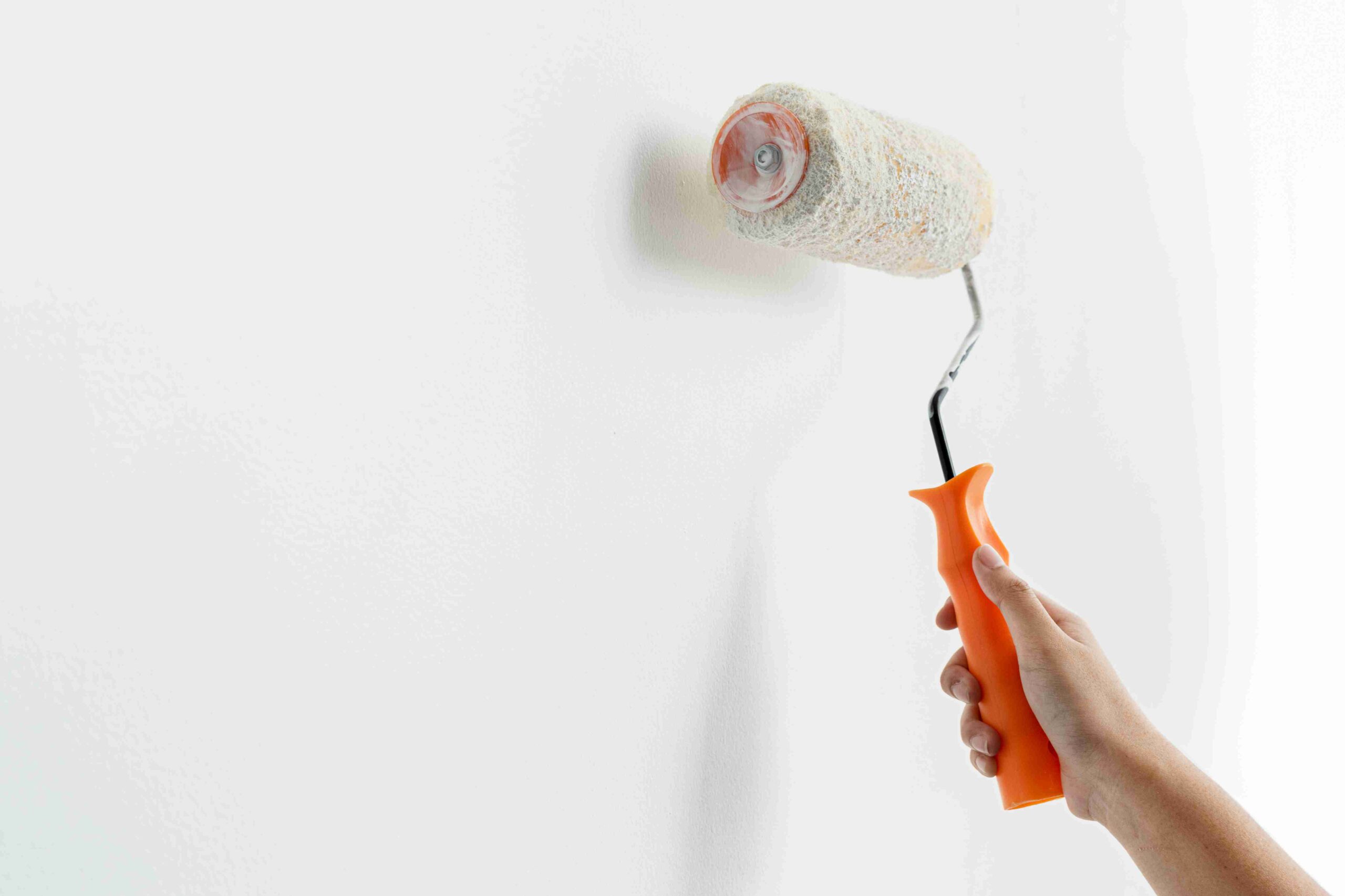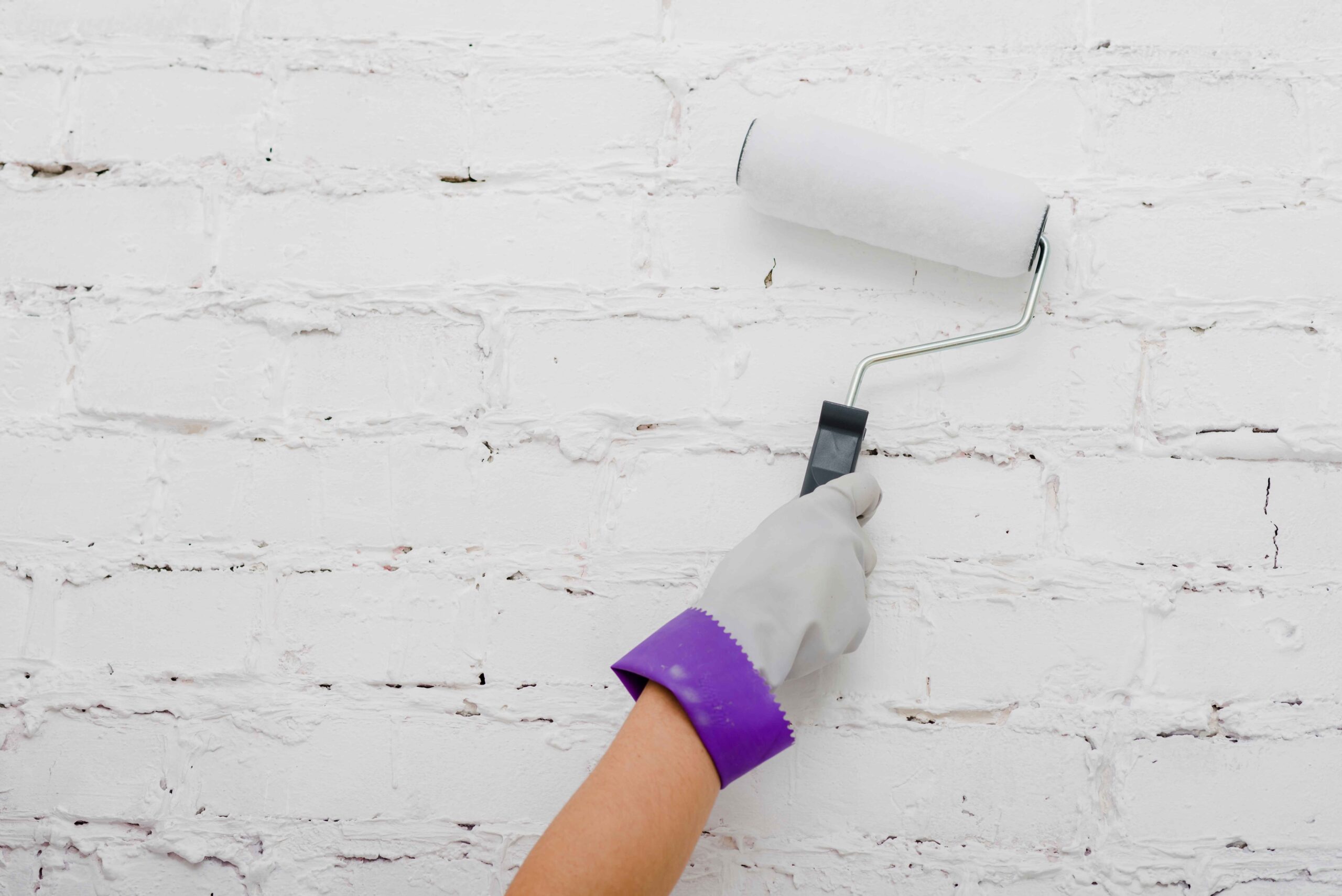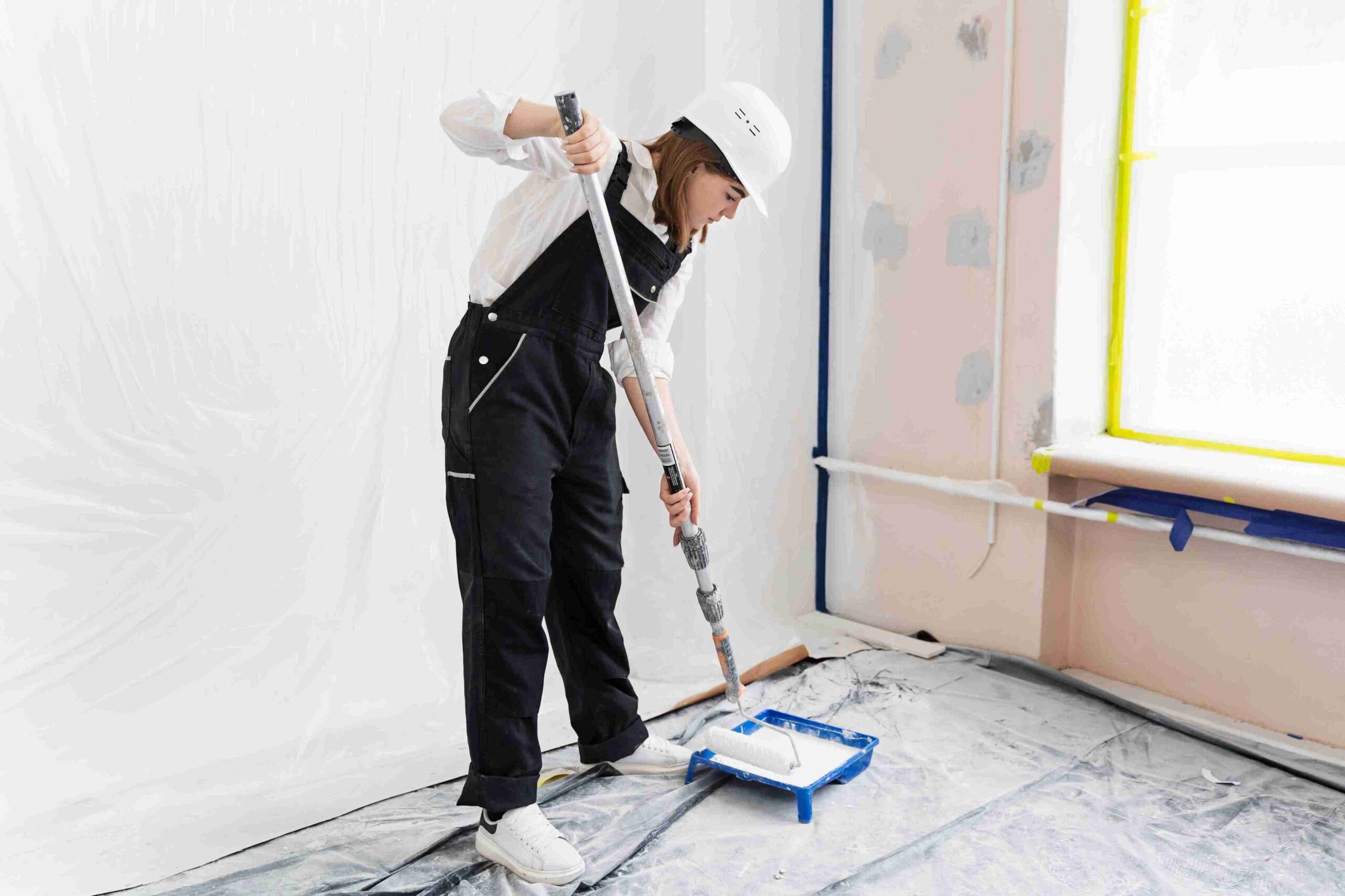
How Long Should I Wait Between Coats of Paint on Walls? (Expert Tips Inside)
Timing is everything when it comes to a smooth, lasting paint job. Rushing to apply the next coat before the first has properly dried can lead to peeling, uneven color, and wasted effort. On the other hand, waiting too long or relying on guesswork slows down the project and may impact the final look.
Here are six expert-backed tips to help determine how long to wait between coats of paint.
Table of Contents
Key Takeaways
✔ Always follow the paint label to determine how long to wait between coats of paint.
✔ Latex paint drying time usually ranges from 2 to 4 hours between coats.
✔ Oil-based paint drying time can take 6 to 24 hours before recoating.
✔ Room temperature, humidity, and airflow all affect interior paint recoat time.
✔ Thin, even coats dry faster and reduce the risk of bubbling or streaks
✔ Use visual and touch tests to check if the first coat is ready.
✔ Tools like fans and dehumidifiers can speed up how long between paint coats is needed.
✔ Professional painters ensure optimal drying conditions and long-lasting results.
How Long to Wait Between Coats of Paints?
The general rule is to wait 2 to 4 hours for latex paint and 6 to 24 hours for oil-based paint before applying a second coat. However, this window can shift depending on temperature, humidity, and the surface being painted. This is more crucial nowadays as demand for quality finishes continues to rise alongside the residential painting market’s upward trend, which reached $22.6 billion in 2024.

6 Expert Tips for Knowing How Long to Wait Between Coats of Paint
Interior painting ranked as the most popular home improvement project in the United States in 2020 alone, highlighting just how common and important proper technique has become. It’s essential to confirm the first coat has dried thoroughly—not just on the surface, but underneath as well.
1. Understand the Type of Paint Used
The formula in each product affects how long to wait between coats of paint, especially when comparing latex and oil-based options. Knowing which type is on the wall helps avoid premature recoating and ensures a flawless finish.
- Latex Dries Faster: Latex paint drying time usually ranges from 2 to 4 hours before it’s ready for a second coat.
- Oil-Based Paints Take Longer to Dry: Oil-based paint drying time can extend from 6 to 24 hours depending on room conditions and paint thickness.
2. Pay Attention to Room Conditions
Temperature, humidity, and airflow all influence how paint dries. A space that feels comfortable for people may not always be ideal for painting.
- Warm, Dry Rooms Help Paint Cure Faster: Paint typically dries best between 65°F and 85°F. Within this range, latex paint drying time stays close to the usual 2–4 hours.
- High Humidity Slows Down Drying: Humid air keeps moisture trapped in paint layers, delaying how long between paint coats is needed.
3. Use Proper Application Techniques
Rushing through with heavy coats or the wrong tools can increase how long should paint dry before recoating. Smart application leads to smoother results and less waiting.
- Thin, Even Coats Dry Faster: Applying paint in controlled, even strokes gives each layer the chance to dry uniformly.
- Heavy Coats Extend Dry Time: Thick paint layers may look like a shortcut, but they trap moisture and slow curing. This affects both latex paint drying time and oil-based paint drying time.
4. Follow Manufacturer Instructions
Each paint product includes specific guidance for drying and recoating. Following them prevents mistakes and improves interior paint recoat time accuracy.
- Every Paint Formula Has Its Own Recoat Window: Some latex paints dry in 2 hours, while others recommend waiting 6 hours.
- Primer Affects When the Next Coat Can Go On: Some primers are quick-drying, while others must sit overnight. Not accounting for this can throw off how long to wait between coats of paint for the top layer.
5. Know the Signs That Paint Is Ready
Rather than relying on a timer alone, it helps to recognize when paint is actually dry. Simple touch tests and visual cues reveal whether a surface is ready for the next step.
- The Surface Feels Dry to the Touch: If the paint still feels tacky, wait longer to maintain the correct interior paint recoat time.
- The Finish Looks Even and Consistent: If areas still appear wet or shinier than others, it’s too soon to apply another coat.
6. Don’t Rush the Recoat for Convenience
Painting often comes with a sense of urgency—especially during home improvements or tight schedules. But rushing into a second coat too early often leads to problems.
- Peeling and Bubbling: When the first layer hasn’t cured, a new coat can trap moisture or cause lifting.
- Difficult Touch-Ups: If the base coat was never set properly, fixing blemishes later is much harder.
Frequently Asked Questions
Can primer affect how long to wait between coats of paint?
Yes, primer plays a big role in how soon the topcoat can be applied. Some fast-drying primers allow recoating within an hour, while others—especially oil-based—may need 6 to 12 hours.Does paint color affect drying time?
Darker paint colors often take slightly longer to dry due to their higher pigment load. They also tend to show flaws more clearly if the second coat goes on too soon. Knowing how long should paint dry before recoating becomes even more important when working with bold shades.How does painting over glossy surfaces affect recoat time?
Glossy surfaces resist paint adhesion, causing drying to slow down and increasing the chance of peeling. Prepping with a deglosser or light sanding can reduce how long to wait between coats of paint by helping the first coat bond better.Is it okay to apply a third coat of paint?
Yes, but only if the second coat has fully dried according to the recommended timeline. Rushing into a third layer can cause texture issues, lifting, or streaks. Understanding how long between paint coats is needed becomes even more important with each additional layer.Can low-VOC paints change how long should paint dry before recoating?
Low-VOC paints are designed to be safer and emit fewer fumes, but they sometimes dry more slowly, especially in poorly ventilated spaces. This can alter both latex paint drying time and interior paint recoat time compared to standard formulations.
Brighten Up Walls with Expert Painting from Prospect House Painting Pros
At Prospect House Painting Pros, we take pride in helping homeowners transform their spaces with smooth, even coats that last. Whether applying a bold new color or refreshing a classic neutral, we know exactly how long to wait between coats of paint to ensure flawless results. Our crew in Prospect, CT, uses the right tools, techniques, and timing to deliver crisp, streak-free finishes—every time.
Let us help you enjoy the polished, professional look your home deserves. Contact us today!
